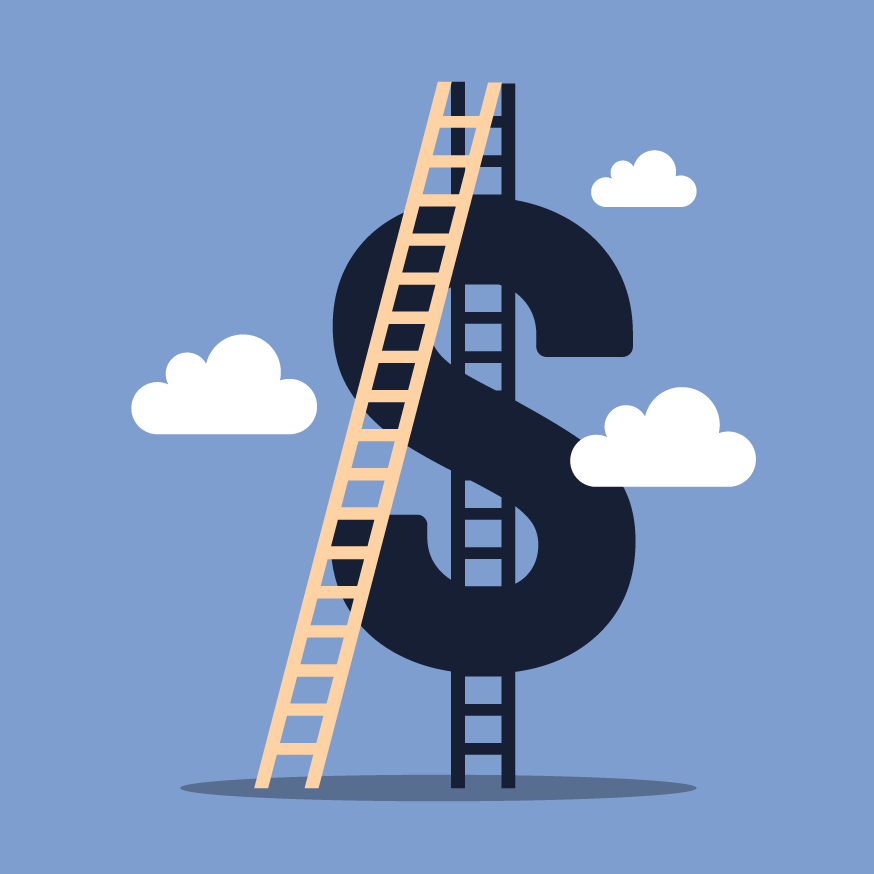Just because an Australian competitor spends little, it doesn't mean a new or overseas competitor cannot come in and overnight change the market landscape. With this in mind, it's important you understand what others in your sector are investing in marketing around the globe.
Global Marketing investment by industry
The marketing industry conducts an annual survey of Chief Marketing Officers (CMO's) around the world to understand average marketing investment by industry type. The latest survey delivered the following results:
Education - 12.0%
Tech/Software/Biotech - 9.7%
Banking/Finance/Insurance - 9.2%
Consumer Packaged Goods - 9.1%
Communications/Media - 9.0%
Healthcare - 9.0%
Transportation - 8.5%
Energy - 8.3%
Service consulting - 7.5%
Retail/Wholesale - 4.4%
Mining/Construction - 3.0%
Manufacturing - 2.4%
Understanding these figures
First glance at these figures can give you a deceptive understanding of marketing investments. If we take Retail/Wholesale, their investment seems relatively small compared with Tech/Software/Biotech and Consumer Packaged Goods. The reality is that Tech alone spends big on marketing their products, so retailers don't need to. The same is true of Consumer Packaged Goods. If you understand that the marketing for an iPhone or a box of cereal is first promoted by the Tech and Consumer packaged goods, then remarketed by Retailers and Wholesalers, you start to see the entire marketing investment required to make a successful sale.
Those who need less marketing support
Not every industry sector needs to make sizable marketing investments. Mining/Construction and Manufacturing have much smaller marketing targets, and as such, can afford to make smaller investments. A Mining/Construction business may only target a handful of customers, with the remainder of their marketing expenditure focused on influencing consumer beliefs. Their focus may be giving governments the political support to approve contracts or mining rights.
'How much do I need to spend on marketing?'
Every business is different. Your business maturity and liquidity pay a big part in the decision-making process. So do factors such as changing markets and expansion opportunities, as well as industry averages and competitor activity. Taking all of this into consideration, the following should serve as a basic guide on where to start
5% to 7% of gross revenue to maintain the current level of business
7% to 10% of gross revenue to grow your business
10% to 20% of revenue to accelerate growth in your business
The increasing role of marketing in businesses
Marketing is no longer a separate function of businesses. It is integral to the whole customer acquisition, customer service and sales process. It's also a crucial research tool to discover interest and opportunities for new products and service, as well as a powerful way to understand consumer sentiment. When you factor in the new role of marketing, you begin to understand its importance and value.
What should your marketing expense include?
To understand the dramatic increase in marketing expenditure over the last decade, you need to understand what this expenditure includes. The following is a list of what you need to have as part of your marketing budget.
Direct marketing activities (e.g. Display, Social, remarketing and keyword advertising)
Brand-related expenses (e.g. brand development, brand assets, corporate and POS signage)
Marketing employees
Marketing Analytics
Marketing research
Mobile marketing tools (e.g. Apps, software)
Marketing training
Sales Support tools
Sales employees
'What percentage of marketing should we spend on digital?'
Digital advertising passed 50% of ad expenditure about 2 years ago; however, businesses have been investing heavily on online resources much longer than that. The answer to how much of your business should be spent on digital is simple…more. Digital is where your customers do their research and make their decisions. If you're not there, then you're nowhere. If you're not there, your competitors will be happy to jump in and fill the gap.
You need to start thinking of your online presence in the same way you do plant, people and property; the more you invest, the greater the accumulative value and the greater the return.
How much are your competitors spending on marketing?
Chances are you will never fully understand what your competitors are spending on marketing. Chances are it's much more that you (and possibly 'they') think. One thing is certain though; any business that is not rethinking their marketing investment and ROI will struggle to remain relevant, or successful for very long.
Want to know what you need to spend on marketing to get real growth? Send us a message






